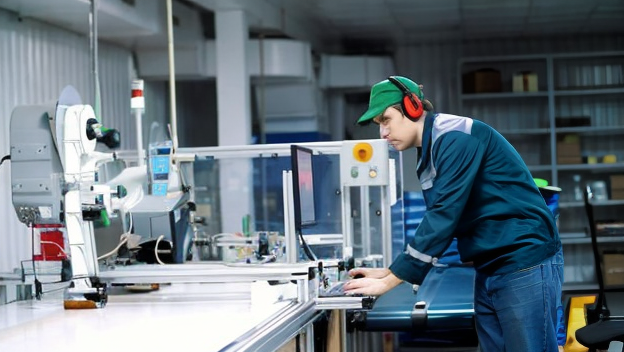Revolutionizing Sustainability: The Emergence of Metal Fabrication and CNC Technology+ View more
The Sustainable Edge of Recyclable Materials
One of the pivotal advantages of metal fabrication is its compatibility with recyclable materials such as aluminum alloys and stainless steel. These materials offer an afterlife beyond their initial use, as they can be effortlessly recycled, thereby reducing dependency on finite resources and diminishing ecological impact. The adoption of such materials in metalworking not only conserves natural resources but also empowers manufacturers to contribute to a circular economy.
Optimization: The Key to Material Efficiency
The precision in cutting, bending, and stamping that metal fabrication offers is a testament to the optimization of material usage. This meticulous approach to manufacturing ensures minimal waste, which is a significant step towards environmental conservation. Reducing raw material consumption not only lowers production costs but also alleviates the burden of waste management and landfill use, highlighting the industry's commitment to sustainable practices.
Energy Efficiency and Emission Reduction with CNC
CNC technology brings with it an array of energy-efficient advantages. Unlike traditional methods, CNC's precise control over the cutting and processing phases minimizes unnecessary energy expenditure. Additionally, the absence of additional heat treatment steps in metal fabrication translates to further conservation of energy, thereby reducing the industry's carbon footprint.
Minimizing the Use of Hazardous Substances
Another stride in sustainable manufacturing is the reduction in the usage of harmful substances. Metal fabrication has evolved to embrace eco-friendly coatings, rust prevention, and lead-free soldering techniques. These advancements not only mitigate environmental and health risks but also comply with stringent regulations, ensuring a safer future for both the planet and its inhabitants.
Longevity and Repairability: A Sustainable Design Philosophy
Through refined design and manufacturing processes, metal fabrication can yield products with extended lifespans and ease of repair. This not only decreases the need for frequent replacements and waste generation but also embodies the principle of resource conservation. By enhancing product durability, the industry is taking a significant step towards sustainable consumerism.
Circular Economy: The Future of Manufacturing
The synergy between metal fabrication and CNC technology paves the way for a circular economy model. The reprocessing and remanufacturing of discarded parts and materials signify a commitment to extending the lifecycle of resources and minimizing waste. This paradigm shift not only conserves resources but also showcases the industry's dedication to sustainable development.
In conclusion, the integration of metal fabrication and CNC technology has unlocked a new realm of possibilities for sustainable development within the manufacturing sector. By harnessing the potentials of recyclable materials, optimizing material usage, conserving energy, reducing hazardous substances, enhancing product longevity, and advocating for a circular economy, the industry is shaping a more sustainable and environmentally conscious future.

